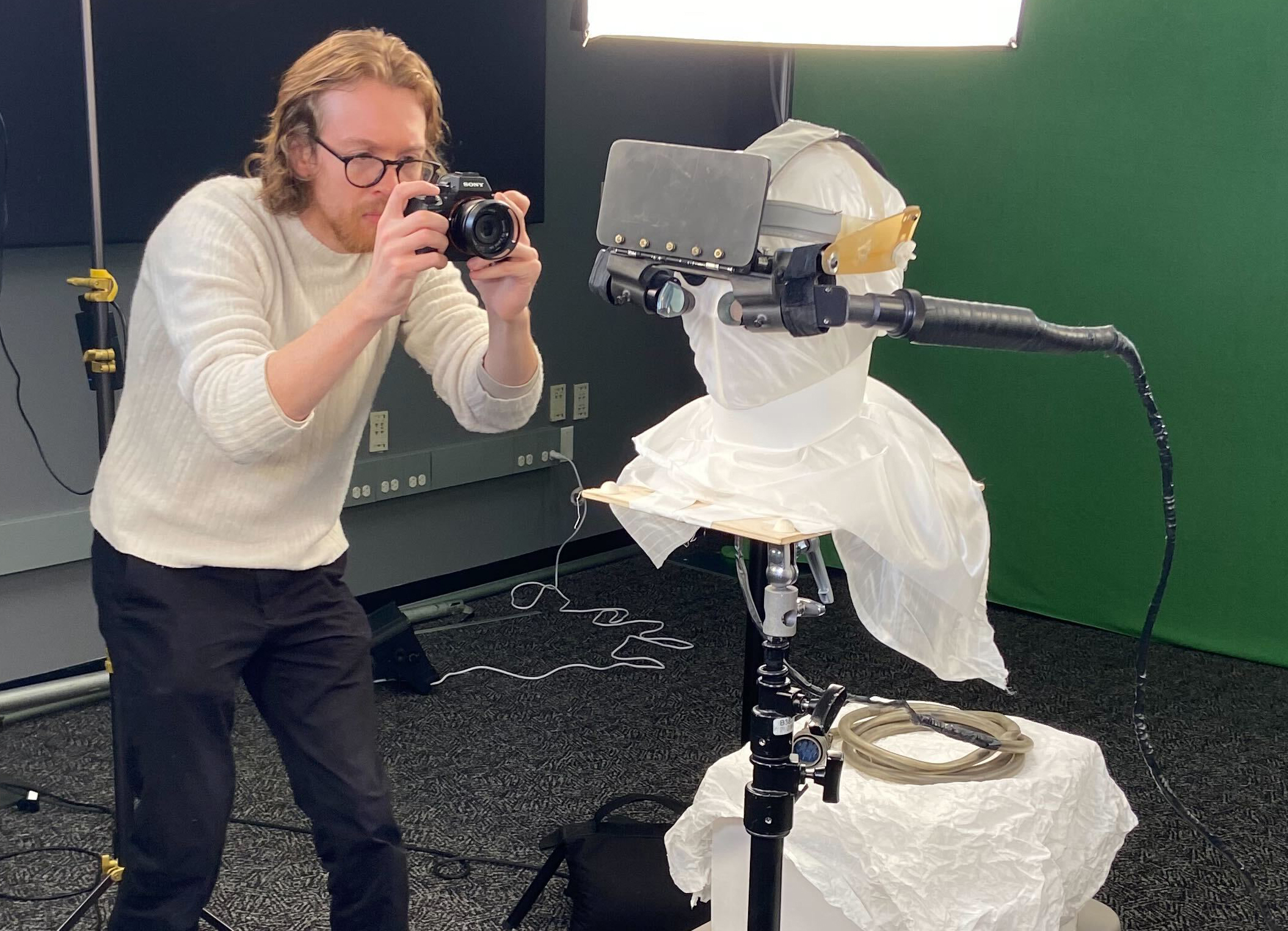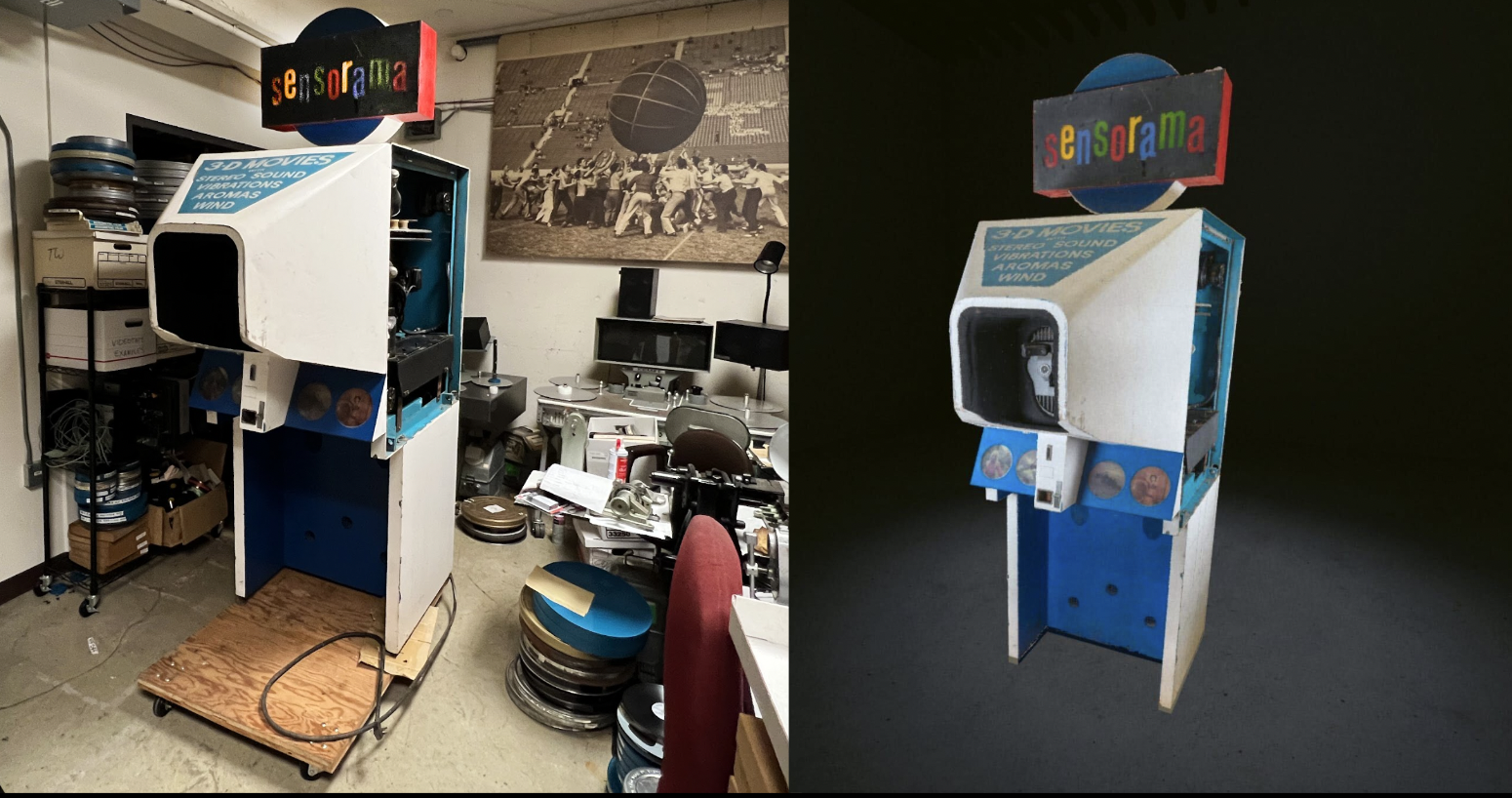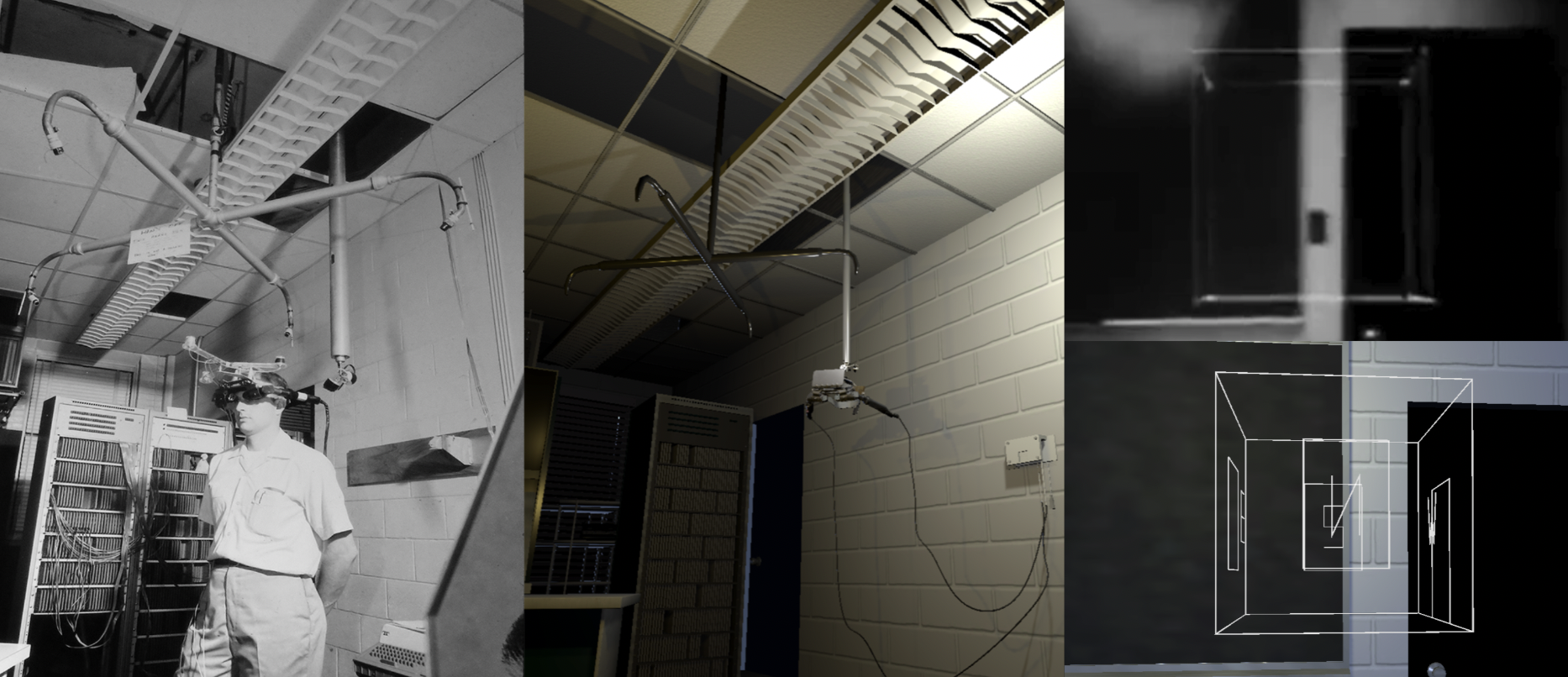Archiving Process
Artifact scanning
A core part of our team's archiving and restoration process included brand new and high resolution 3D scans of the Sensorama, Ivan Sutherland’s HMD and the NASA Viewlab headset. Our team's goal of doing these 3D scans was to allow the inventions to be viewed and experienced at scale in a modern-day headset.
Physical Archive
Immersive Archive began with an interest in archiving and restoring the work of Mort Heilig, often cited as XR’s first practitioner. Mort’s seminal Sensorama device, as well as a full collection of his inventions and journals, are held by USC’s HMH Foundation Moving Image Archive, where restoration of Heilig’s devices and experiences is now underway.
Digital Archive
Restoring and digitizing Heilig’s early XR materials led to archiving the 1960s breakthroughs of XR’s other founding figure, Ivan Sutherland. Digitizing Heilig and Sutherland’s materials – the foundation of early XR research and development – laid down the first tracks of a comprehensive digital archive of the source materials of XR’s history.









